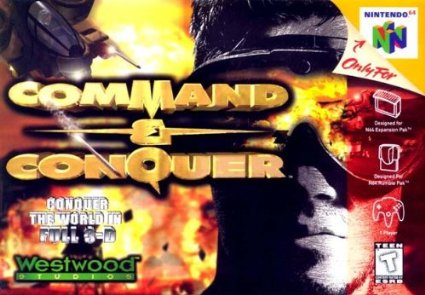Paragon, a recent discovery, attempts to bring the MOBA genre to consoles. A difficult task, given the style of the action, but Paragon does put up a good showing.
Epic Games, the developer, has given Playstation Plus subscribers free access to the early access; and I’ve taken that opportunity to sink my teeth into it.
The result? Imagine a game that looks like Destiny, plays like Overwatch, and strategises like League of Legends.
Paragaon
The New MOBA Contender
Many gamers will be familiar with the MOBA genre nowadays. These games are everywhere. Popular titles include League of Legends, DotA 2, and Heroes of the Storm. For the uninitiated, these games are a blend of traditional RTS controls with some RPG elements. Two teams of five take on hero characters with unique skills.
Throughout the match, these heroes will gain experience and currency to upgrade their skills and items before pushing down a lane to victory.

This is where we see Paragon‘s precarious position. These styles don’t lend themselves well to consoles at all. Skills often require a mouse for precise targeting, map awareness wants that bird’s eye camera.
I went into Paragon a bit worried about how these very distinct features would translate over to console. But, credit where credit’s due, it excels.
Paragon Gameplay
Paragon has a limited hero pool at the moment but it is expanding. Each hero does feel pretty fresh, however. No two experiences feel the same. Heroes are divided into several types: Mage, Ranger, Fighter. From here, these categories can be subdivided into traditional MOBA roles based on itemisation.
For example, a Mage can choose items that emphasise their support characteristics or focus on being a caster. This means that a choice between Howitzer and Gideon, two Mages, will give players two very different experiences.
![]()
Matches can feel a little slow. Even after dropping a combo on an enemy, there is a lot of walking people down with basic attacks. This is one of Paragon‘s important design elements: movement and dodging these attacks.
Perhaps it’s my neophytic play style but I have found that people will escape with a sliver of health because of one wayward basic attack.
Paragon‘s map is robust. There are a lot of pathways that players can use to flank their enemies. It is through this the Paragon is better off being on console. Its console heritage is very evident in being able to jump around and abuse physics to move not only North, South, East, and West but also up and down. Not to mention, the map is gorgeous.
The whole game is gorgeous. While this doesn’t directly affect gameplay, it certainly helps.
Levelling
One concern I did have for Paragon was its cost structure. Going in, I wasn’t sure what to expect in terms of monetisation. Was there a pay to win situation? Not having all heroes unlocked immediately was concerning, I’ll admit. But I was pleasantly surprised to discover the truth.
Paragon focuses on something it calls Masteries. Players earn experience by playing games and earn hero-specific experience by winning with that character.
This translates to levels.
Deck Building
Gaining levels unlocks new card packs; and the first few unlock the other heroes. Card packs, naturally, contain cards. Cards being the Paragon version of items.
![]()
Players can put their cards into custom decks for use in game. Piecing together decks lets users change their experience with any given character, further adding to Paragon‘s charm.
As someone who has played a few MOBAs, Paragon made me nervous. But it is something I have enjoyed enormously. For anyone with MOBA experience, the game isn’t terribly challenging. For others, the usual learning curve exists.
All in all, it is a well thought-out, beautifully presented, and genuine challenger in the genre. Tapping the console market is wise and I’m eager to see Paragon‘s potential.